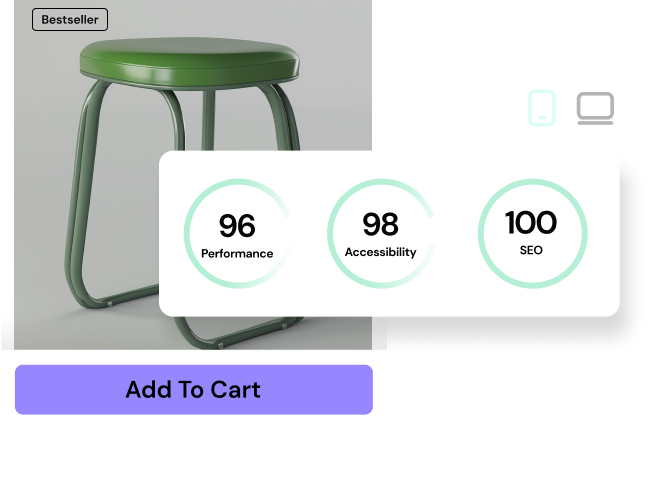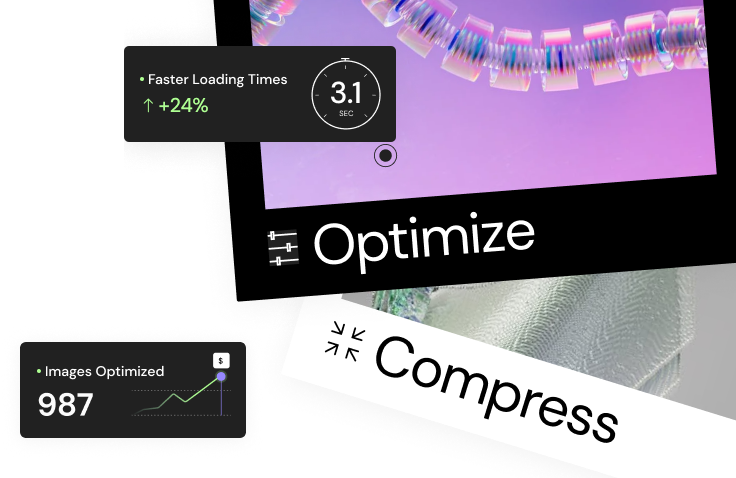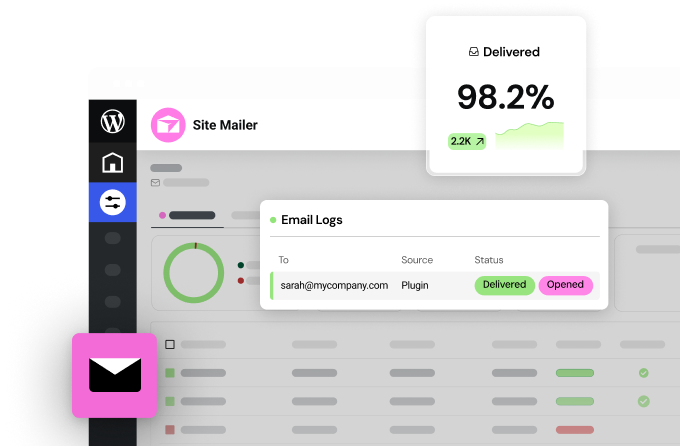Table of Contents
ROAS Calculator
What is ROAS?
ROAS, or Return on Ad Spend, is a marketing metric that measures the revenue generated for every dollar spent on advertising. It directly reflects the effectiveness of your advertising campaigns in driving revenue. A higher ROAS indicates that your ads are generating more revenue relative to their cost, while a lower ROAS suggests your campaigns might need optimization.
How to Calculate ROAS
The formula for calculating ROAS is straightforward:
ROAS = (Revenue Generated from Advertising / Cost of Advertising) * 100% OR ROAS = Revenue Generated from Advertising / Cost of Advertising
- Revenue Generated from Advertising: This is the total revenue directly attributable to your advertising efforts. It's important to accurately track this, often using conversion tracking tools within your advertising platforms (e.g., Google Ads, Facebook Ads).
- Cost of Advertising: This is the total amount spent on your advertising campaigns. This includes all costs associated with running the ads, such as ad platform fees, creative development costs (if applicable), and any agency fees.
Example:
Let's say you spent $1,000 on a Google Ads campaign, and that campaign generated $5,000 in revenue. Your ROAS would be:
ROAS = ($5,000 / $1,000) = 5 OR ROAS = ($5,000 / $1,000) * 100% = 500%
This means that for every $1 you spent on advertising, you generated $5 in revenue. Or that you made 500% of what you put in.
Why is ROAS Important?
ROAS provides several critical benefits for businesses:
- Campaign Performance Evaluation: ROAS allows you to quickly assess the effectiveness of individual ad campaigns, ad groups, and even specific keywords or ad creatives. This helps you identify what's working and what's not.
- Budget Allocation: By understanding the ROAS of different campaigns, you can make informed decisions about where to allocate your advertising budget. You can invest more in high-performing campaigns and reduce spending on underperforming ones.
- Optimization and Improvement: ROAS serves as a benchmark for optimization. By tracking ROAS over time, you can see if your optimization efforts (e.g., changes to bidding strategies, targeting, ad copy) are leading to improvements.
- Profitability Insights: While ROAS doesn't directly measure profit (more on that later), a high ROAS is a strong indicator that your advertising is contributing positively to your bottom line.
- Competitive Benchmarking: While you may not have access to your competitors' exact ROAS figures, industry benchmarks can give you a sense of how your performance stacks up.
What is a "Good" ROAS?
There's no single "good" ROAS that applies to all businesses and industries. A good ROAS depends on several factors, including:
- Profit Margins: Businesses with high profit margins can often afford a lower ROAS, while those with thin margins need a higher ROAS to be profitable.
- Industry: ROAS benchmarks vary significantly across industries. Highly competitive industries with high customer acquisition costs may have lower average ROAS figures.
- Business Goals: Are you aiming for rapid growth, brand awareness, or maximum profitability? Your goals will influence your ROAS targets.
- Marketing Channel: ROAS can and does fluctuate depending on the channel. For example, you may find a higher ROAS on Google Ads than on Facebook Ads, or vice versa.
Generally, a ROAS of 4:1 (or 400%) is often considered a good starting point, meaning you're generating $4 in revenue for every $1 spent. However, many businesses strive for much higher ROAS figures, while others may find a lower ROAS acceptable depending on their specific circumstances.
ROAS vs. ROI: What's the Difference?
ROAS and ROI (Return on Investment) are often confused, but they are distinct metrics:
- ROAS (Return on Ad Spend): Focuses specifically on the revenue generated from advertising expenses. It's a narrow, campaign-level metric.
- ROI (Return on Investment): Is a broader measure of profitability that considers all costs associated with a particular investment. This includes not only advertising costs but also things like cost of goods sold (COGS), salaries, overhead, and any other expenses related to the investment.
The ROI Formula:
ROI = ((Revenue - Total Cost) / Total Cost) * 100%
Key Differences Summarized:
| Feature | ROAS | ROI |
|---|---|---|
| Scope | Advertising campaigns only | Any investment (broader than just advertising) |
| Cost Focus | Advertising expenses | All costs related to the investment |
| Purpose | Measure advertising effectiveness | Measure overall profitability |
| Granularity | More granular (campaign, ad group level) | Less granular (overall project, business level) |
Example to Illustrate the Difference:
Let's continue our previous example, where we spent $1,000 on advertising and generated $5,000 in revenue. Our ROAS was 5 (or 500%).
Now, let's assume that to produce the goods or services sold for that $5,000 in revenue, we had the following additional costs:
- Cost of Goods Sold (COGS): $2,000
- Salaries (attributable to this campaign): $500
To calculate ROI, we would do the following:
ROI = (($5,000 - ($1,000 + $2,000 + $500)) / ($1,000 + $2,000 + $500)) * 100% ROI = ($1,500 / $3,500) * 100% ROI = 42.86%
In this example, the ROAS is 500%, while the ROI is 42.86%. The ROI is significantly lower because it accounts for all costs, not just advertising spend.
In Conclusion
ROAS is a vital metric for any business running online advertising campaigns. By understanding and tracking ROAS, you can gain valuable insights into your advertising performance, optimize your campaigns for better results, and ultimately drive more revenue. While ROI provides a broader view of overall profitability, ROAS offers a focused lens on the effectiveness of your advertising dollars. Using both metrics in conjunction provides a comprehensive picture of your marketing performance.
Looking for fresh content?
By entering your email, you agree to receive Elementor emails, including marketing emails,
and agree to our Terms & Conditions and Privacy Policy.






